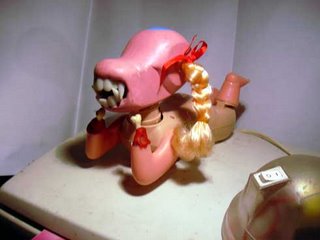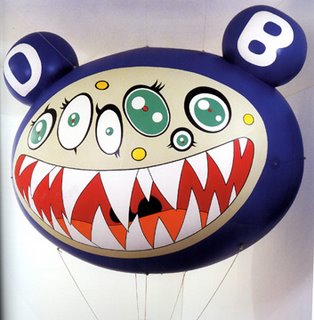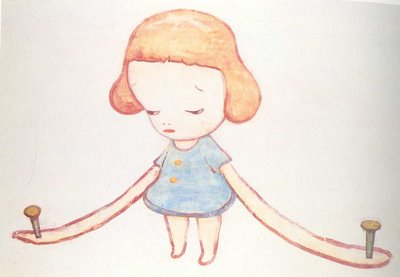The ChildThe mature personality of the Child archetype nurtures that part of us that yearns to be lighthearted and innocent, expecting the wonders of tomorrow, regardless of age. This part of our nature contributes greatly to our ability to sense playfulness in our lives, balancing the seriousness of adult responsibilities. The balanced Child is a delight to be around because the energy that flows from this part of our personality is positively infectious and brings out the best in others, as well as in us.
The Child also establishes our perceptions of life, safety, nurture, loyalty, and family. Its many aspects include the Wounded Child, Abandoned or Orphan Child, Dependent, Innocent, Nature, and Divine Child. These energies may emerge in response to different situations in which you find yourself, yet the core issue of all the Child archetypes is dependency vs. responsibility: when to take responsibility, when to have a healthy dependency, when to stand up to the group, and when to embrace communal life. Each of the variants of the Child archetype is characterized by certain tendencies, including shadow tendencies.
 Wounded Child
Wounded Child
The Wounded Child archetype holds the memories of abuse, neglect, and other traumas that we have endured during childhood. This is the Child pattern most people relate to, particularly since it has become the focus of therapy since the 1960s. Many people blame the relationship with their parents that created their Wounded Child, for instance, for all their subsequent dysfunctional relationships. On the positive side, the painful experiences of the Wounded Child often awaken a deep sense of compassion and a desire to help other Wounded Children. From a spiritual perspective, a wounded childhood cracks open the learning path of forgiveness.
The shadow aspect may manifest as an abiding sense of self-pity, a tendency to blame our parents for any current shortcomings and to resist moving on through forgiveness. It may also lead us to seek out parental figures in all difficult situations rather than relying on our own resourcefulness.
Orphan ChildFrom Little Orphan Annie to Cinderella, the Orphan Child in most well known children's stories reflects the lives of people who feel from birth as if they are not a part of their family, including the family psyche or tribal spirit. But because orphans are not allowed into the family circle, they have to develop independence early on. The absence of family influences, attitudes, and traditions inspires or compels the Orphan Child to construct an inner reality based on personal judgment and experience.
The shadow aspect manifests when Orphans never recover from feelings of abandonment, and the scar tissue from family rejection stifles their maturation, often causing them to seek surrogate family structures to experience tribal union. Therapeutic support groups become shadow tribes or families for an Orphan Child who knows deep down that healing these wounds requires moving on to adulthood. For that reason, establishing mature relationships remains a challenge.
Magical/Innocent ChildThe Magical Child sees the potential for sacred beauty in all things, and embodies qualities of wisdom and courage in the face of difficult circumstances. One example is Anne Frank, who wrote in her diary that in spite of all the horror surrounding her family while hiding from Nazis in an attic, she still believed that humanity was basically good. This archetype is also gifted with the power of imagination and the belief that everything is possible.
The shadow energy of the Magical Child manifests as the absence of the possibility of miracles and of the transformation of evil to good. Attitudes of pessimism and depression, particularly when exploring dreams, often emerge from an injured Magical Child whose dreams were "once upon a time" thought foolish by cynical adults. The shadow may also manifest as a belief that energy and action are not required, allowing one to retreat into fantasy.
Nature ChildThis archetype inspires deep, intimate bonding with natural forces, and has a particular affinity for friendships with animals. Although the Nature Child has tender, emotional qualities, it can also have an inner toughness and ability to survive--the resilience of Nature herself. Nature Children can develop advanced skills of communicating with animals, and in stories reflecting this archetype an animal often comes to the rescue of its child companion. Many veterinarians and animal rights activists resonate with this archetype because they have felt a conscious rapport with animals since childhood. Other adults describe being in communication with nature spirits and learning to work in harmony with them in maintaining the order of nature.
The shadow aspect of the Nature Child manifests in a tendency to abuse animals and people and the environment.
A love of animals is not sufficient to qualify for this archetype, however. A life-long pattern of relating to animals in an intimate and caring way, to the extent that your psyche and spirit need these bonds as a crucial part of your own well-being, is your best clue.




